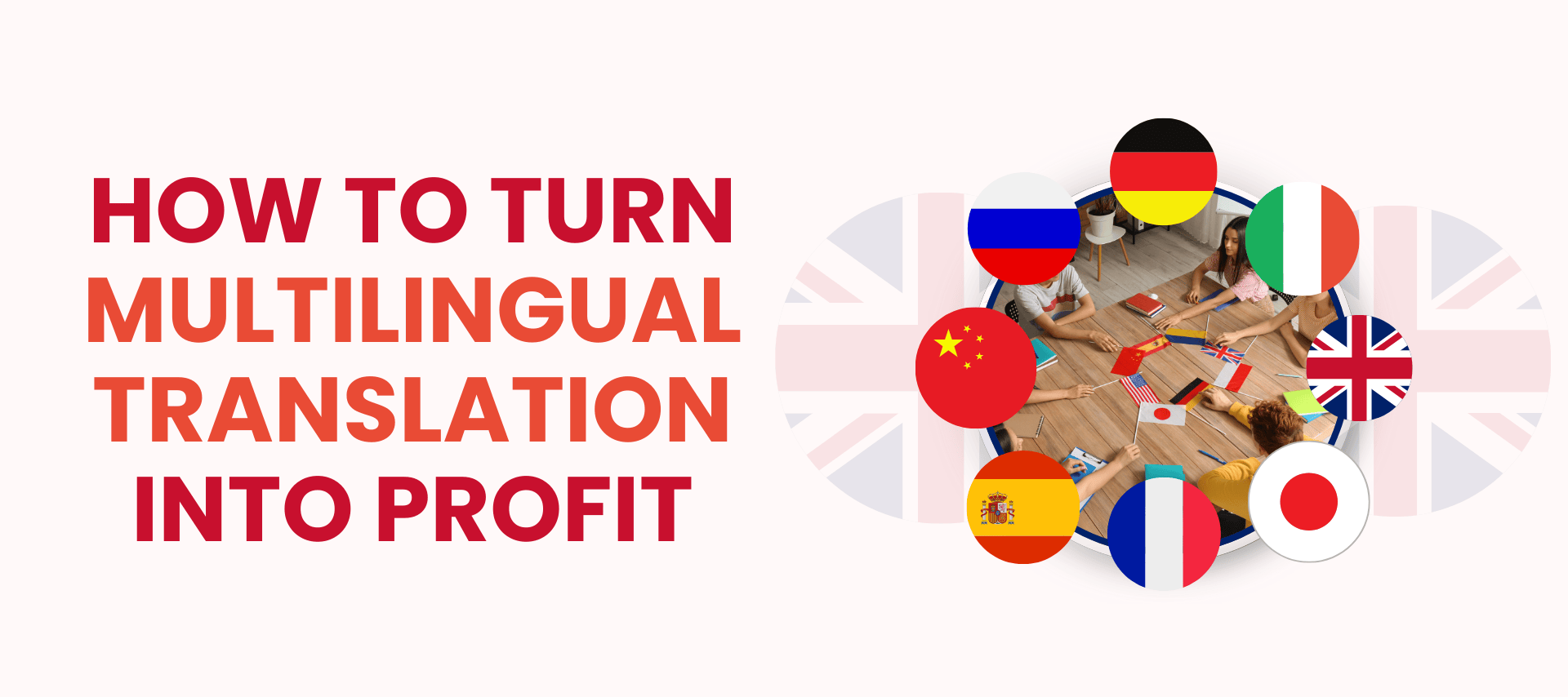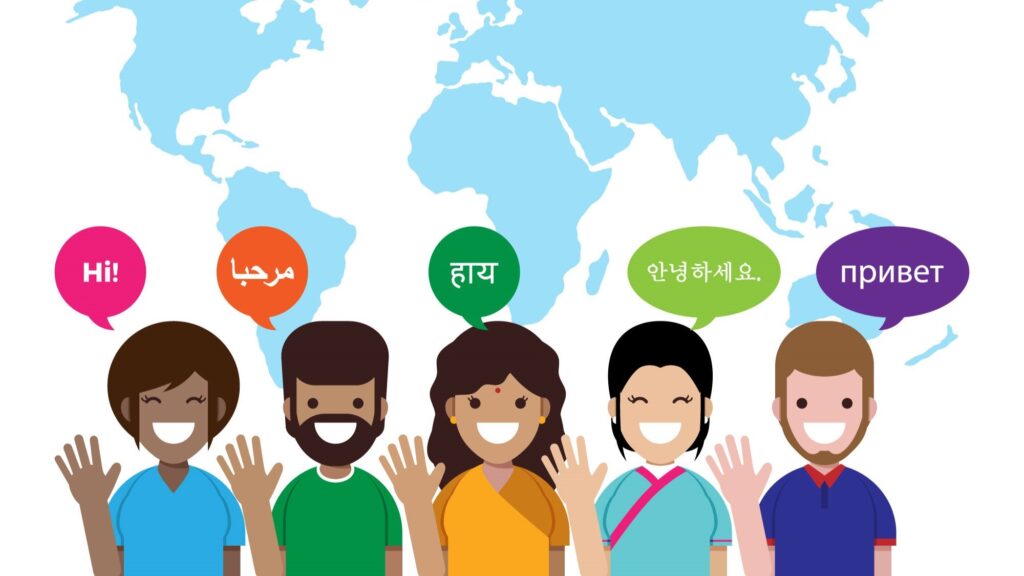
In a world where consumers shop, search, and interact in multiple languages, multilingual translating content isn’t just a nice-to-have—it’s a strategic growth tool. The global language services market is projected to reach $96.1 billion by 2030 (Statista, 2025), driven by the demand for localized content. Businesses that invest in multilingual translation services gain access to global audiences, boost customer engagement, and unlock new revenue streams. But translation alone isn’t enough. The real value lies in strategically utilizing that multilingual translating content to generate profit.
In this blog, we’ll walk through the essential steps to convert multilingual translated content into profit.
Step 1: Start With Market Research
Before you translate anything, understand which languages and regions hold the most potential for your product or service. Analyze:
- Search demand in different languages
- Local competition
- Cultural buying habits
Focus your translation efforts where there’s actual demand, so you can see a quicker return on investment.
Step 2: Invest in Professional Translation Services
Nowadays, AI and Machine translation are both implemented in workflows; tools can be fast but often fail to capture brand voice and cultural nuance. For real impact:
- Use professional multilingual translation services
- Work with native speakers who understand the target market
- Maintain accuracy, clarity, and tone
High-quality translation improves trust and encourages conversions.
Step 3: Localize, Don’t Just Translate
Localization services take translation a step further by adapting your content to suit cultural and regional preferences. This includes:
- Adjusting date formats, currency, and units
- Using region-specific references and tone
- Tailoring CTAs to local behavior
Effective localization can significantly increase engagement and sales.
How VerboLabs Helps You Succeed Globally
At VerboLabs, we combine professional translation with deep cultural localization to help brands communicate effectively in over 120 languages. Our team of native linguists and subject-matter experts ensures your message isn’t just understood—it resonates.
Whether you’re launching a multilingual website, creating localized marketing campaigns, or adapting product content for new regions, our end-to-end solutions cover:
- Translation that preserves accuracy and tone
- Localization for cultural, legal, and market-specific relevance
- SEO optimization for better search visibility in each language
With the right blend of human expertise and advanced tools, we help you enter new markets faster and convert more customers.
Step 4: Optimize Translated Content for Multilingual SEO
To drive traffic, your multilingual content must be optimized for search engines:
- Conduct keyword research in each target language
- Optimize meta titles, descriptions, and URLs
- Implement hreflang tags for language targeting
- Use SEO-friendly translation tools or CMS plugins
This ensures your content ranks well in different language markets.
Step 5: Distribute Across the Right Channels
Once translated and optimized, promote your content on platforms popular in the target region:
- Use local social media platforms and forums
- Run localized PPC campaigns
- Collaborate with regional influencers or bloggers
Targeted distribution boosts visibility and improves conversion rates.
Step 6: Track Performance and ROI
Use analytics tools to measure how your multilingual content is performing:
- Track traffic by language and region
- Monitor bounce rate and engagement
- Measure conversions and sales from localized pages
Adjust your strategy based on real data to maximize profit.
Step 7: Scale and Expand
Once you see profitable results in one region, replicate the process in other high-potential markets. Continue refining your:
- Language priorities
- Content formats (blogs, videos, landing pages)
- Localization depth (UI, customer support, etc.)
Scaling successfully means more revenue from your translated content.
Conclusion
Translating content is just the first step. To truly convert multilingual translated content into profit, businesses need a strategy that includes localization, multilingual SEO, targeted distribution, and performance tracking. By following the steps above, you can turn your content into a powerful profit-driving asset.




